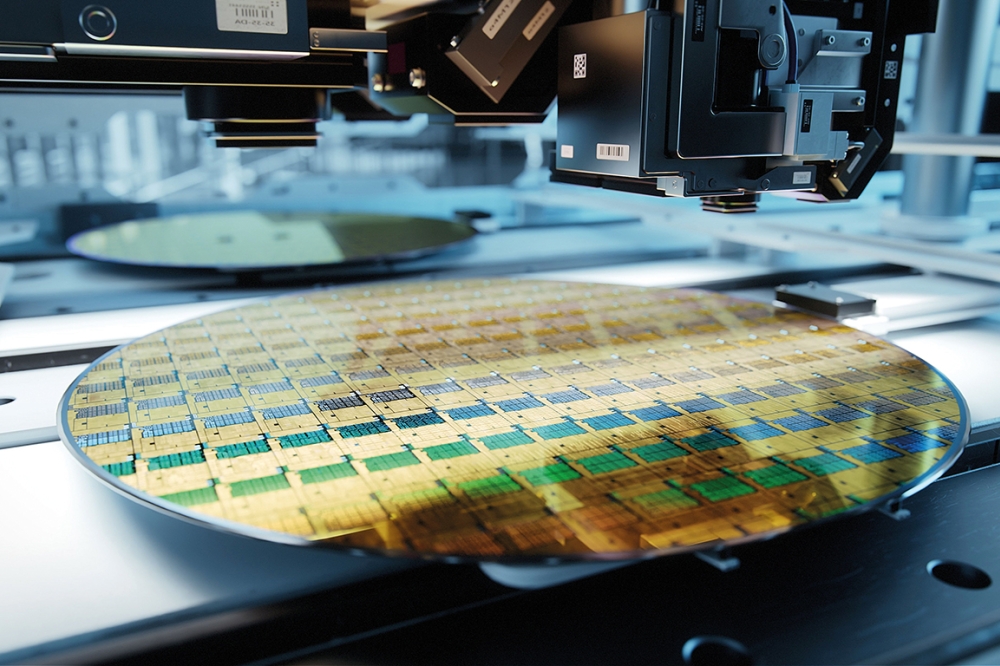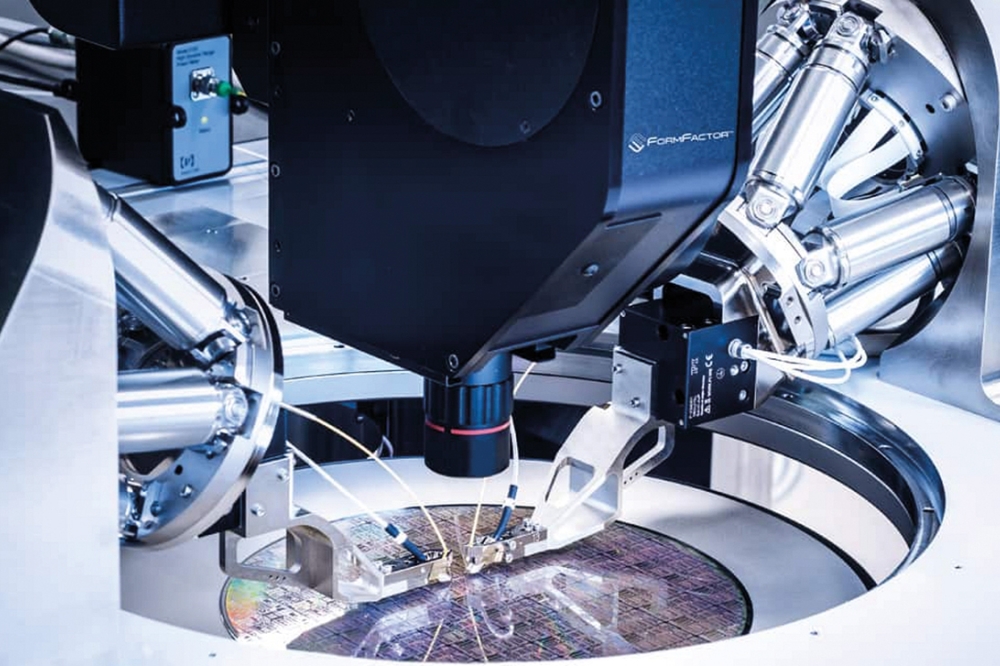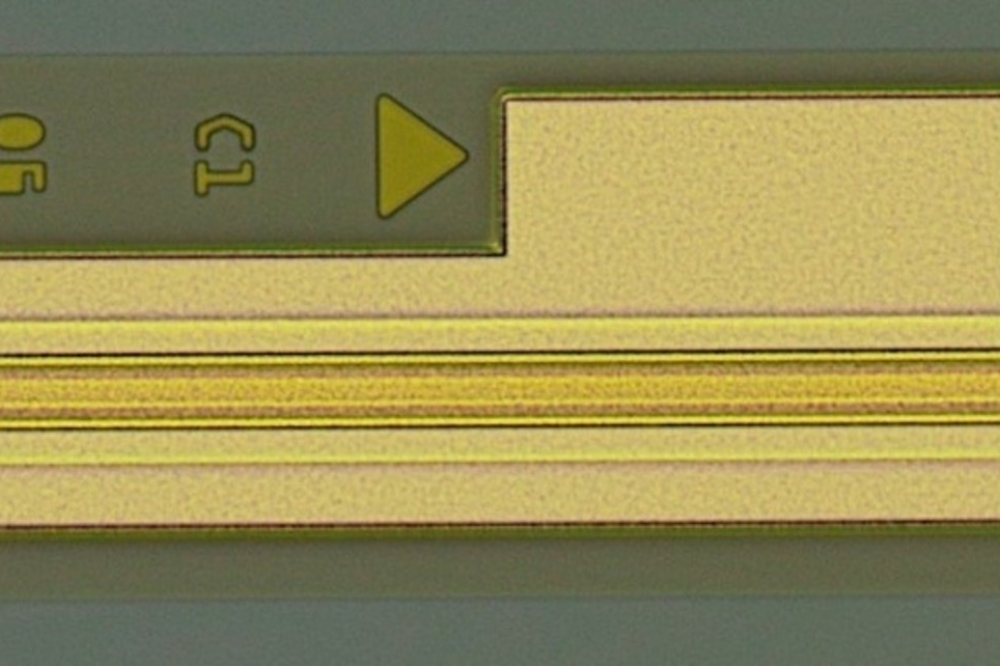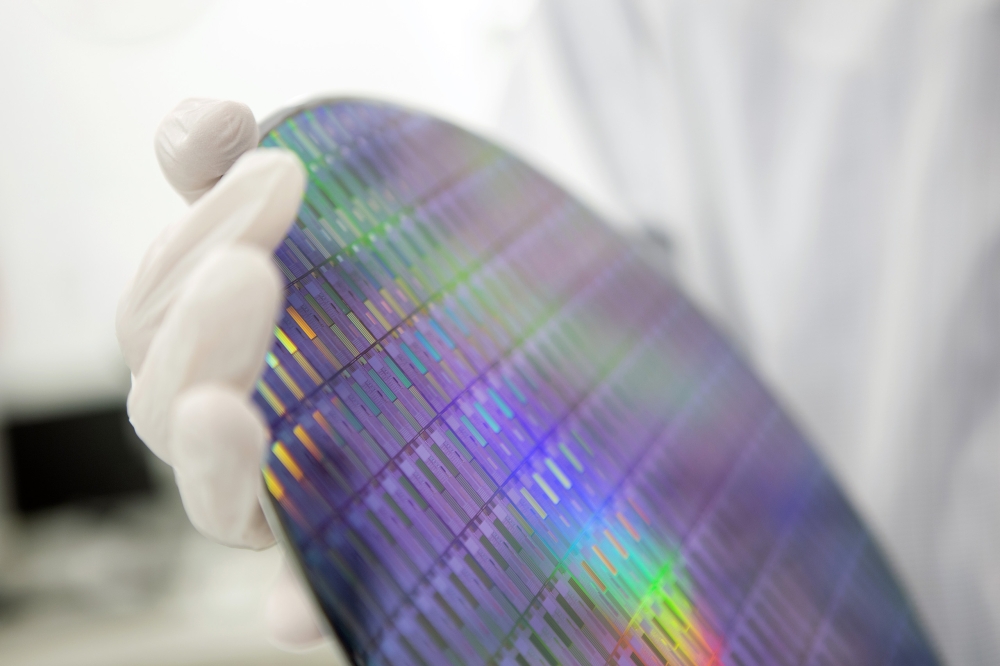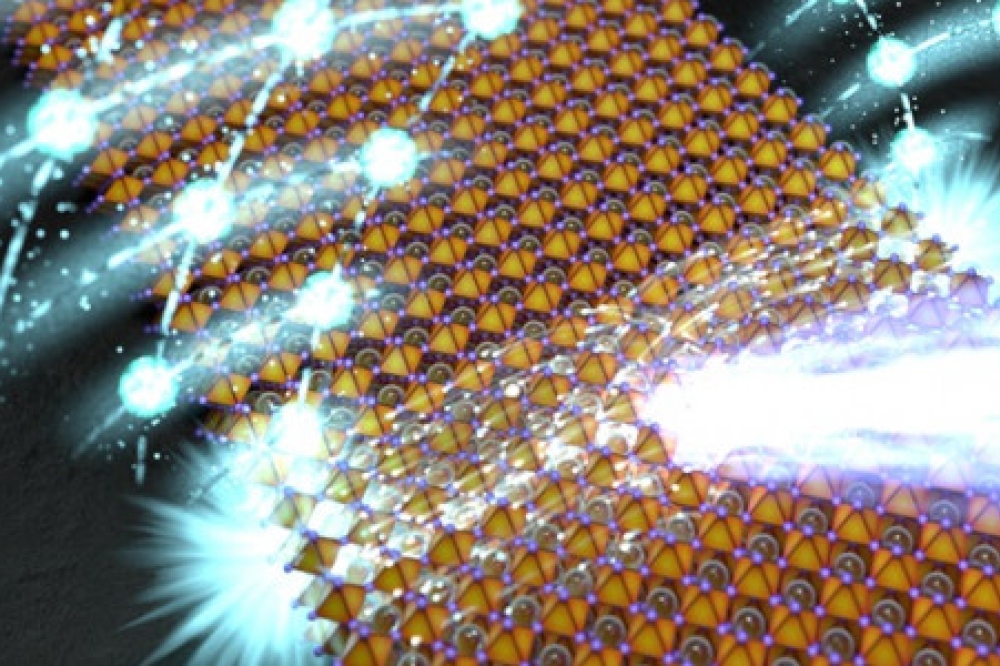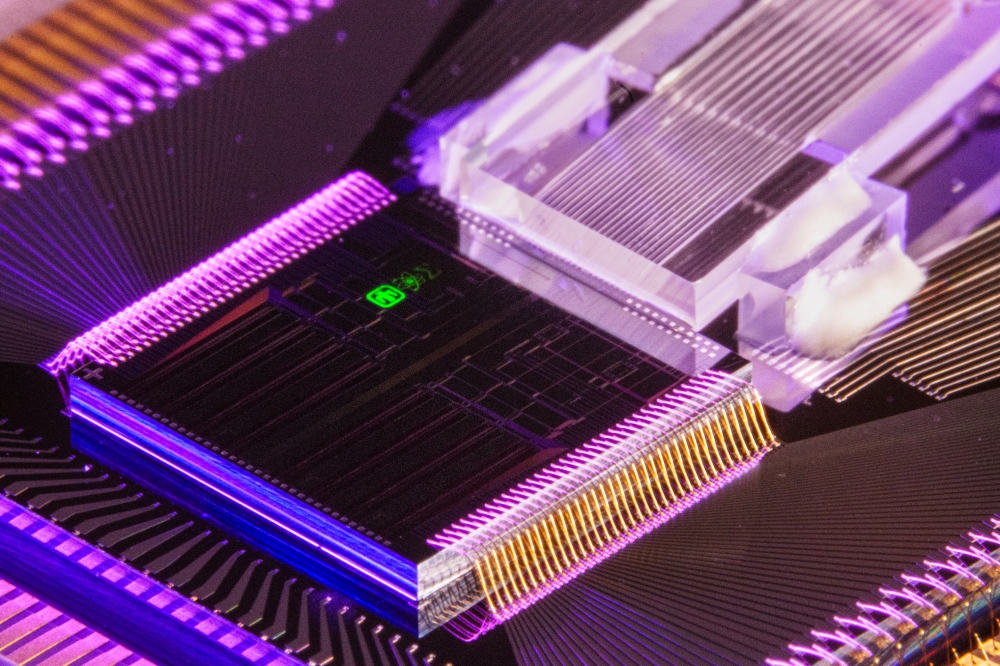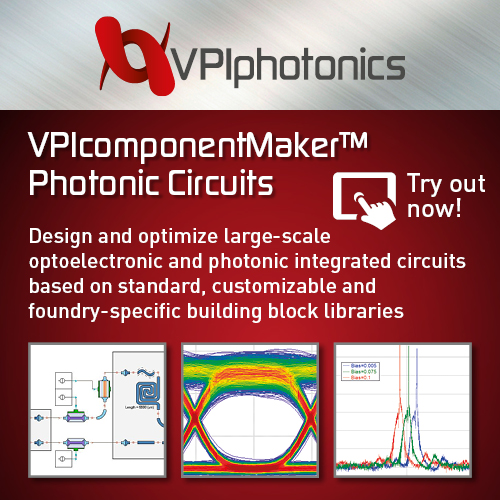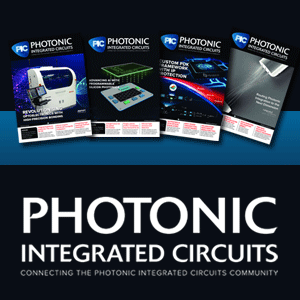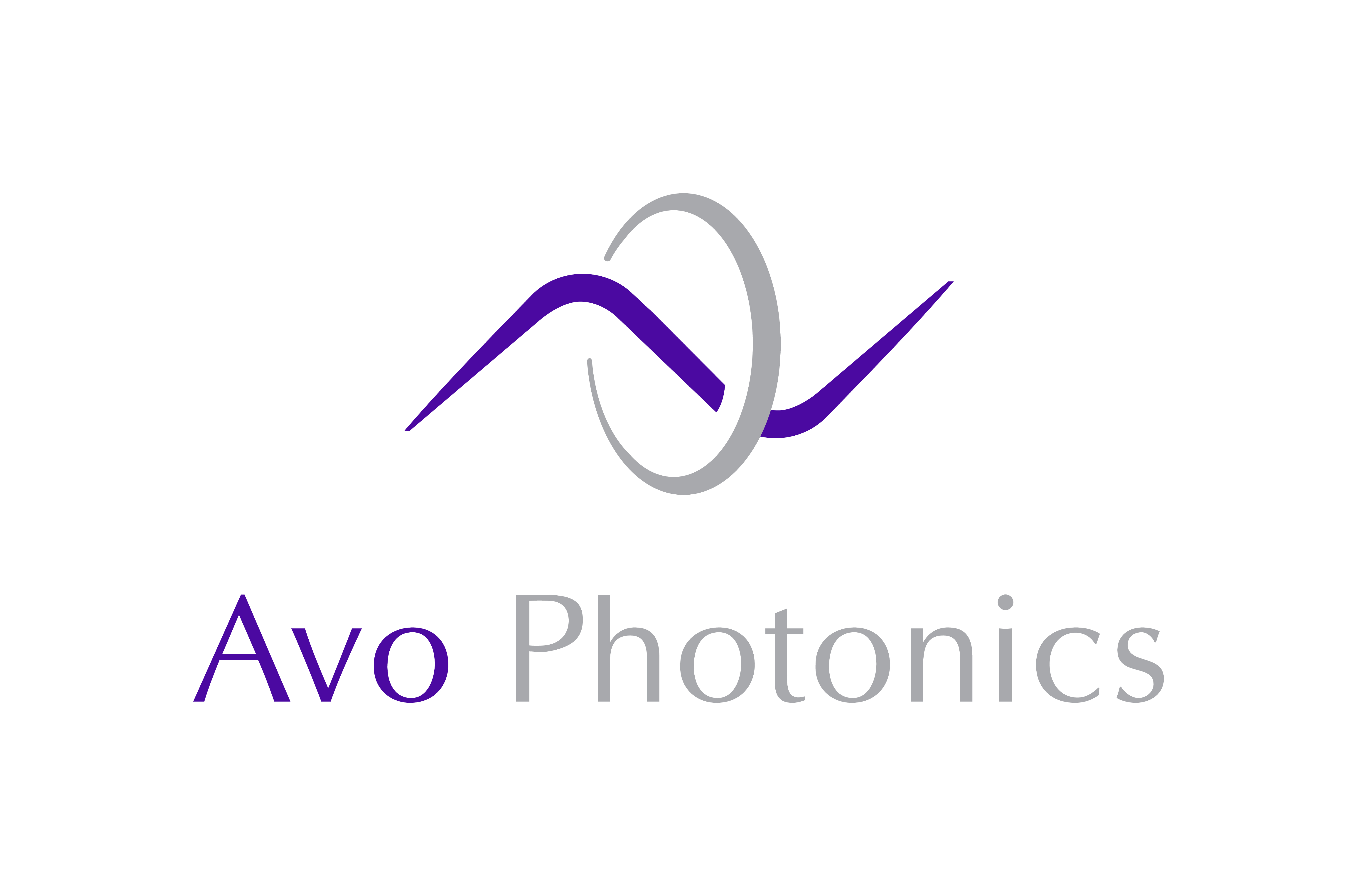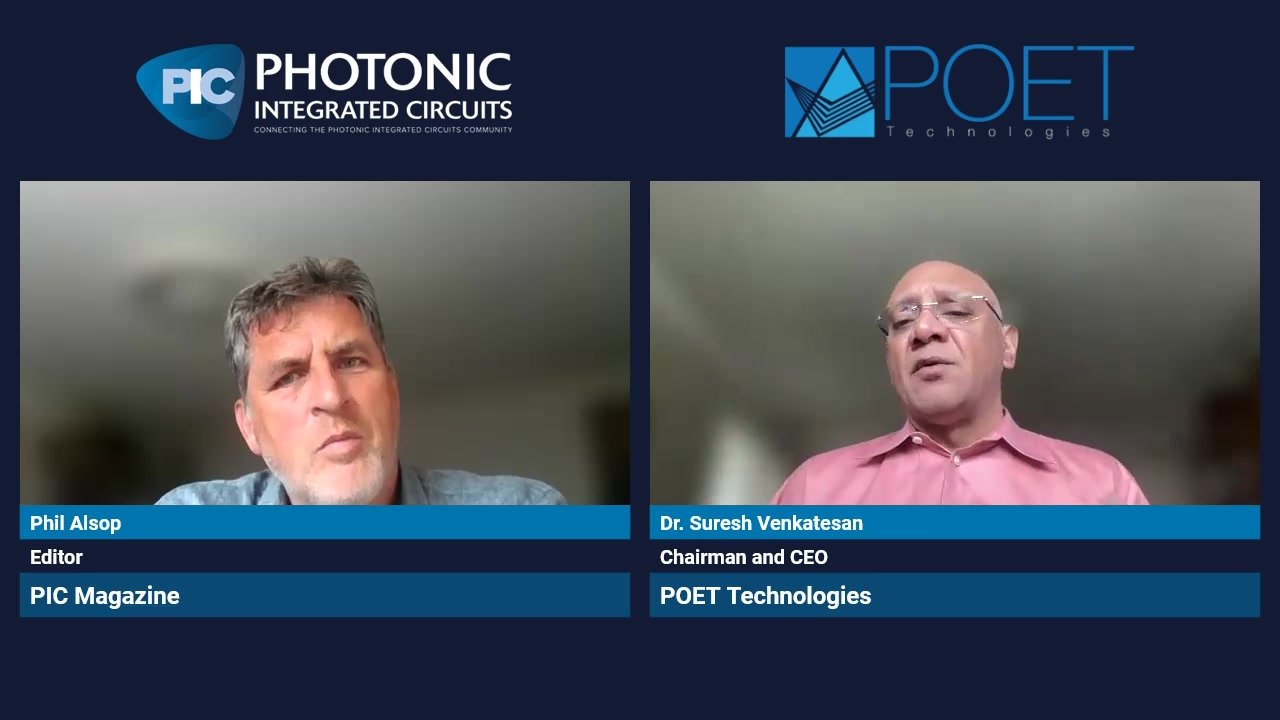Bell Labs makes its PICs quick and small
If small is beautiful in optical communications then Alcatel-Lucent s latest InP chip, which could bring a thousand-fold reduction in 100 Gbit/s receiver sizes, must be a wonder to behold.
According to the new receiver s designers, there are clear benefits of doing everything in InP despite lithium niobate s higher efficiency and silicon s reputed economy.
“Monolithic integration results in a much smaller device by orders of magnitude in area,” said Chris Doerr, who presented the work at the Optical Fiber Communication conference (OFC) on February 28. “It also avoids the reflection and coupling problems of hybrid integration, and should result in a lower device cost.”
Doerr and his fellow researchers from Alcatel-Lucent s New Jersey-based Bell Labs integrated a delay interferometer and two pairs of high-speed photodetectors into a photonic integrated circuit (PIC).
The work presented at OFC improved upon devices the team had produced in 2007 firstly by reducing the p-doping level in the delay interferometer's passive waveguides, which reduced optical absorption. Increased p-doping in the photodetectors absorber regions improved their bandwidth, while lithographic and packaging improvements also reduced loss and capacitance in the device.
The PIC operates at speeds up to 107 Gbit/s, with the delay interferometer performing differential-quadrature phase shifted keying modulation, or DQPSK. It s likely that 100 Gbit/s receivers that bring together four discrete photodetectors will hit the market using this modulation scheme before Doerr's PICs do.
“Our DQPSK receiver right now loses on a performance comparison to a DQPSK receiver made out of discrete components,“ Doerr conceded. “However, I think the monolithic receiver can catch up in terms of performance to the discrete receiver in about two years.”
More modulators
This device was just one of three examples of InP PICs that Alcatel-Lucent described at OFC, the other two being polarization-based and quadrature amplitude modulators.
Polarization-division multiplexing (PDM) operates by splitting light into transverse electric and transverse magnetic polarizations, effectively doubling fiber capacity. The Bell Labs team splits and recombines the light using two polarization beam splitters, made on an InP PIC using standard contact lithography, making what they say is the first InP PDM modulator.
Quadrature amplitude modulation (QAM) also accelerates data transmission. In particular the 16-quadrature scheme (16-QAM) used by Doerr and his colleagues transmits four bits per symbol, squeezing more data down a fiber.
The 16-QAM modulator Alcatel-Lucent presented at OFC includes four waveguides which contain electro-absorption modulators, joined at each end by star couplers. Doerr says his team performed only one epitaxial step in the fabrication of this PIC, using MOCVD.














